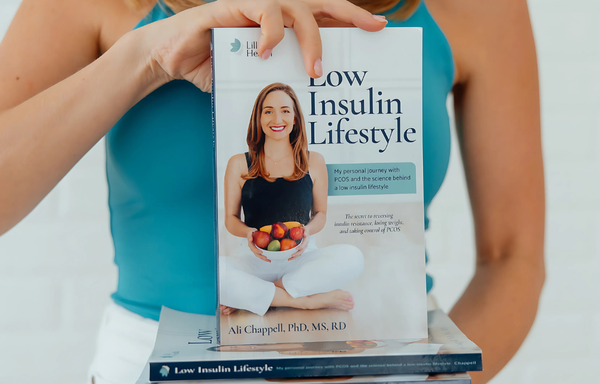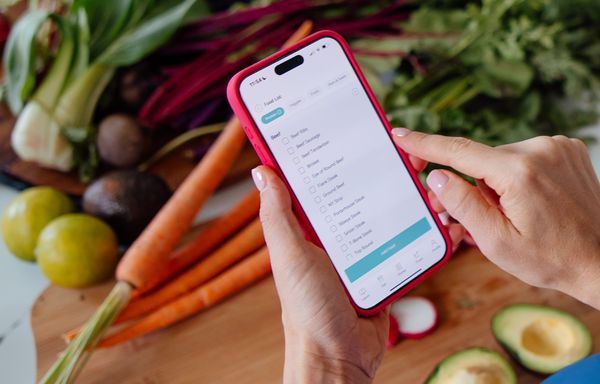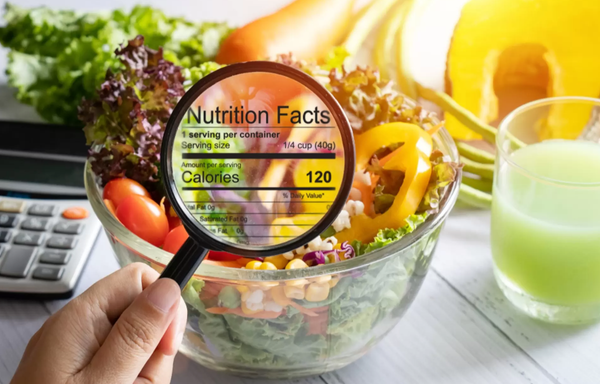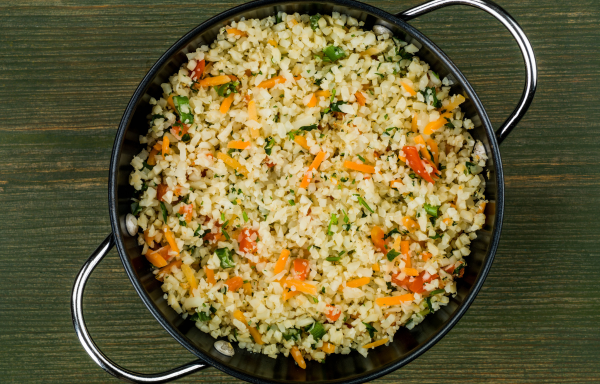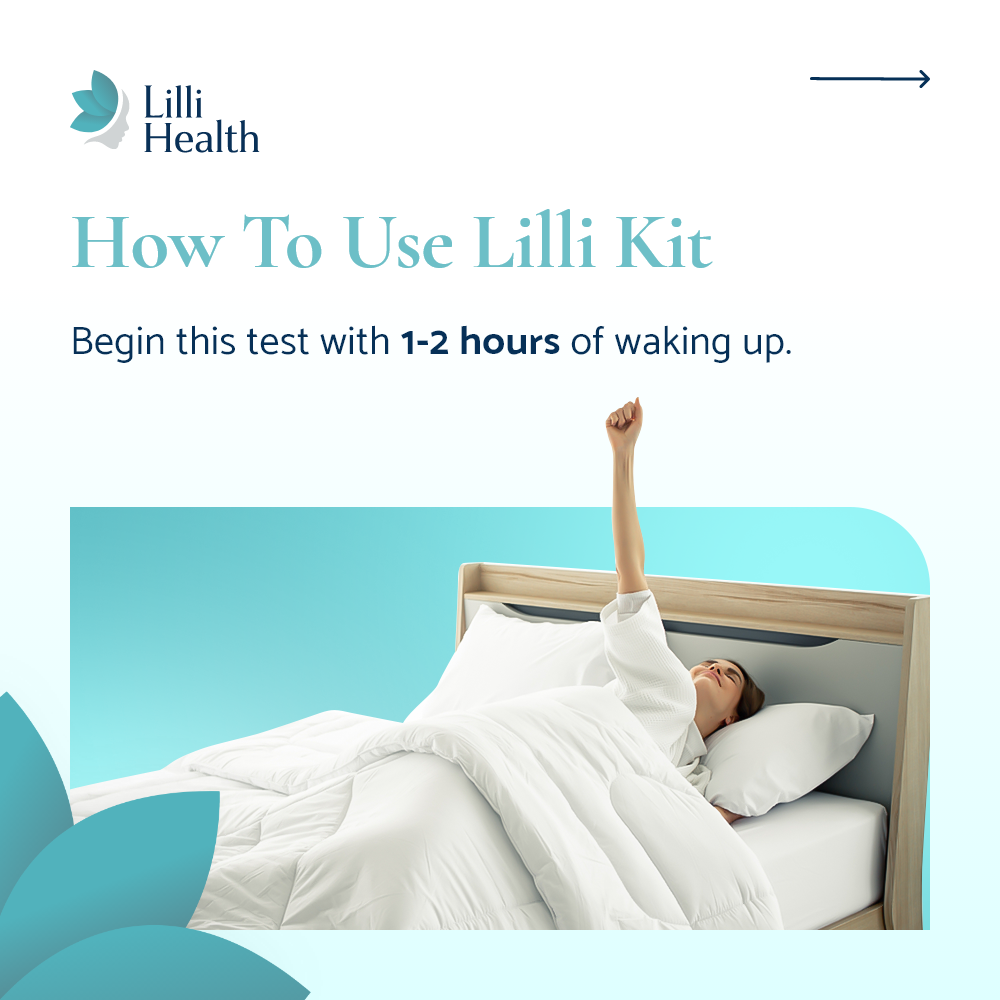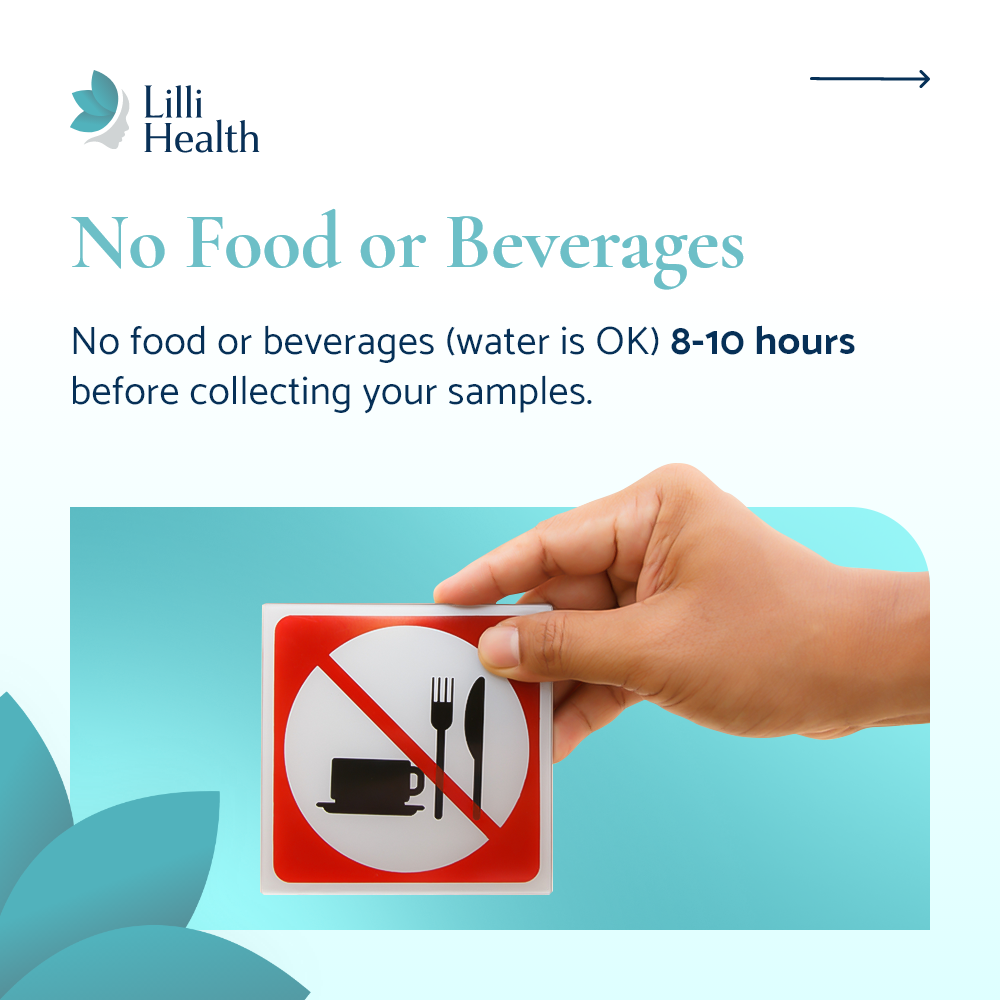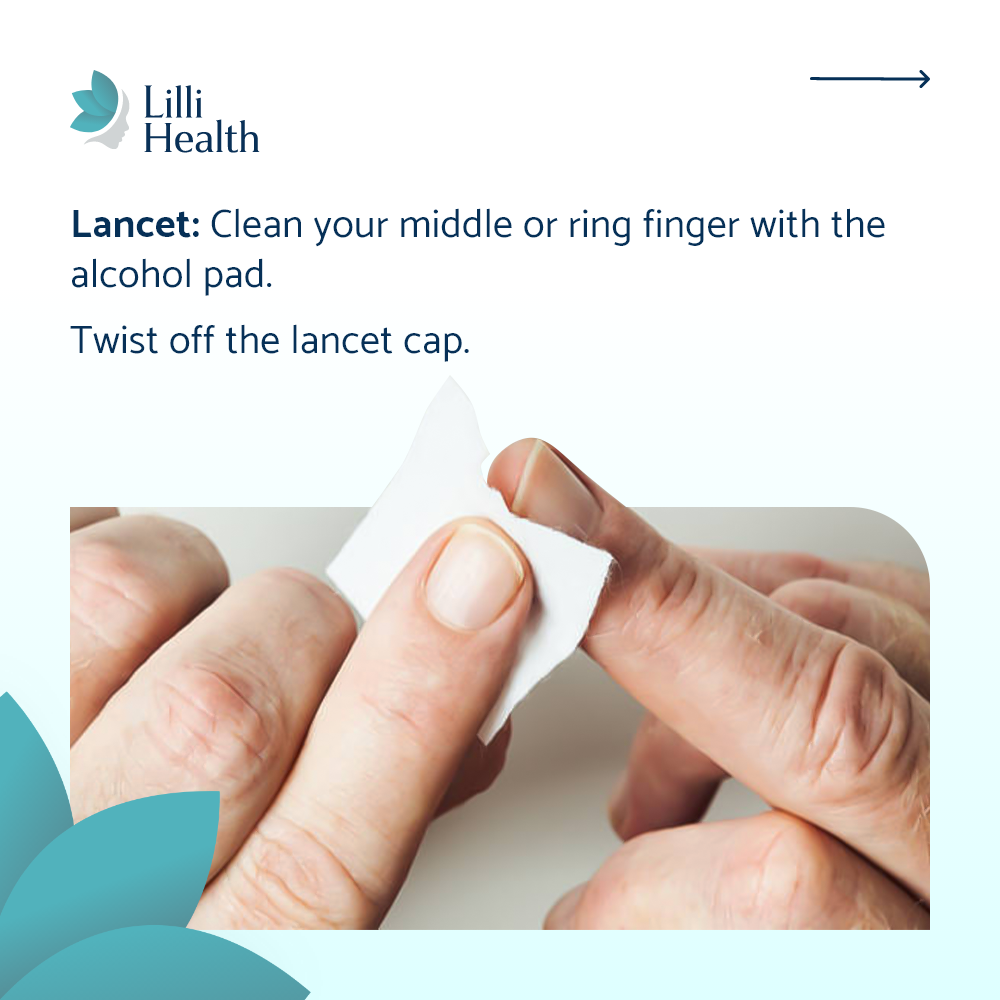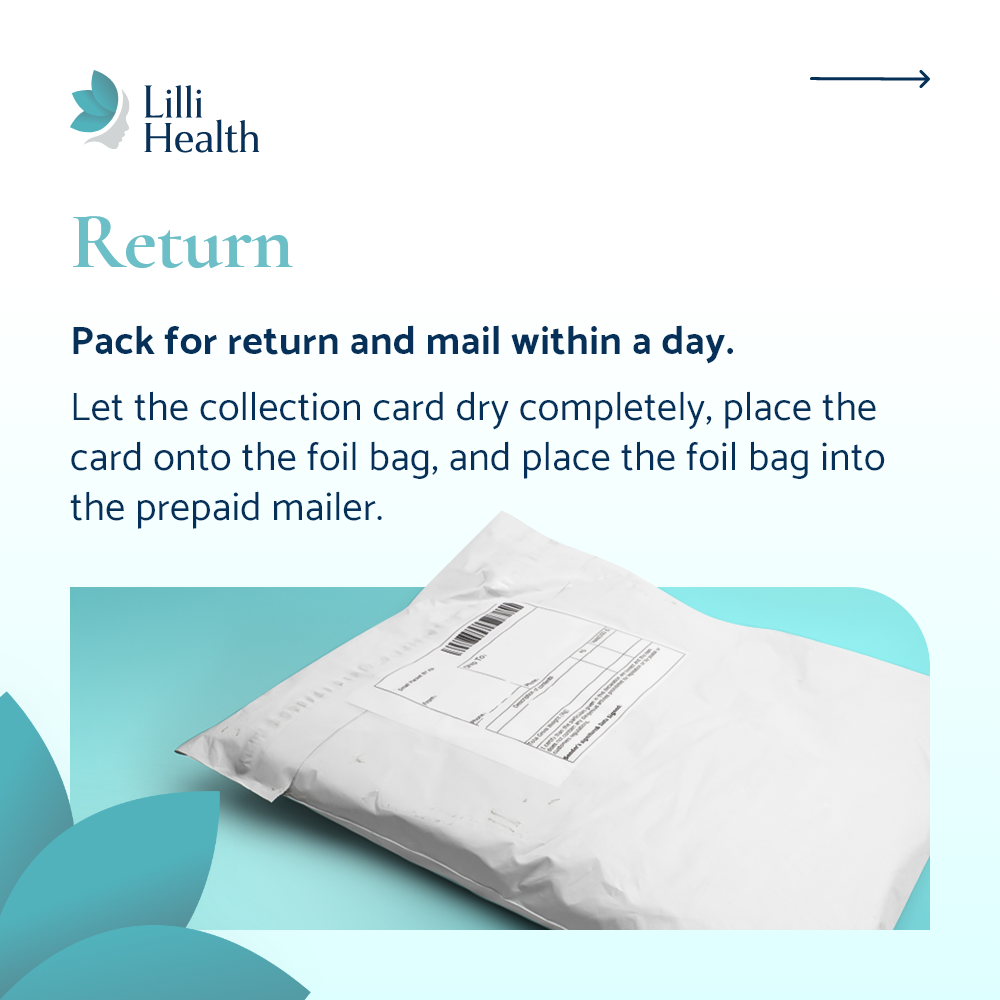Lilli vs. Tracking Macros: Food Freedom Over Food Tracking
If you’ve ever followed a macro-based diet, you know the drill—meticulously tracking protein, carbs, and fats to hit a specific ratio every day. While this approach works for some (at least in the short term), it can also become overwhelming, time-consuming, and, most importantly, it doesn’t address insulin resistance directly.
A Low Insulin Lifestyle takes a completely different approach. Instead of obsessing over hitting macro targets, you focus on the only thing that truly matters—keeping insulin levels low so your body can work the way it’s supposed to.
The Problem with Macro Counting
Traditional macro-based diets treat food like a math equation:
- Calories in, calories out – Based on the idea that as long as you stay within your calorie range, you’ll lose weight.
- Carbs, protein, and fat in a set ratio – Usually a split like 40% carbs, 30% protein, and 30% fat (or another variation depending on the plan).
- No real focus on food quality – You can technically hit your macros while eating processed, insulin-spiking foods. Ever seen the acronym “IIFYM”?
The issue? Not all calories, carbs, or proteins affect the body the same way. A diet that looks good on paper might be wreaking havoc on your insulin levels, keeping you stuck in a cycle of hunger, cravings, and metabolic dysfunction.
How a Low Insulin Lifestyle Is Different
Instead of counting macros, this lifestyle prioritizes insulin first—which naturally leads to fat loss, better energy, and improved metabolic health without the need to track every bite.
1. Stop Counting Carbs—Focus on Insulin Instead
Traditional macro tracking focuses on total carbohydrate intake, but not all carbs are created equal. Fiber-rich, non-starchy vegetables affect insulin very differently than processed starches or sugar.
That’s why a Low Insulin Lifestyle doesn’t have a set carb number—because it depends on the type of carbs you eat. Instead of obsessing over hitting a specific number, you simply focus on eating foods that keep insulin low.
2. Fat Is Not the Enemy
Many macro-based diets still push a low-fat mindset, often encouraging people to keep fat intake to 20-30% of their total calories. But fat is essential, especially when reducing insulin levels.
Healthy fats help keep you full, stabilize blood sugar, and prevent cravings. The right balance of fat in the diet makes it easier to eat intuitively and avoid overeating.
Unlike macro tracking, a Low Insulin Lifestyle doesn’t put an upper limit on fat intake—because fat does not spike insulin.
3. You Don’t Need to Obsess Over Protein
Protein is essential for muscle growth, satiety, and metabolic health—but too much protein, especially without fat, can still spike insulin.
Most macro-based diets encourage high protein intake, which often means lean proteins without fat (like skinless chicken breast, egg whites, or protein shakes). The problem? Excess protein, especially without fat, can trigger excess insulin secretion.
That said, it’s never a bad idea to trim excess fat, especially if you’re buying traditional meats and poultry. However, if you’re purchasing grass-fed and finished, wild-caught, or free-range meats, these are naturally leaner, so there’s no need to go for the ultra-lean cuts. Choosing whole, high-quality proteins ensures you get the best balance of nutrients while keeping insulin levels stable.
The Bottom Line: Food Freedom Over Food Tracking
Lilli takes the guesswork out of eating. Instead of worrying about whether you’re hitting the “perfect” macro ratio, you focus on what really matters—keeping insulin low by eating foods that don’t spike insulin and avoiding ones that do.
- No more calorie counting
- No more worrying about whether your macros are “balanced”
- No more stress over hitting arbitrary numbers
- No more wondering IIFYM (if it fits your macros)
